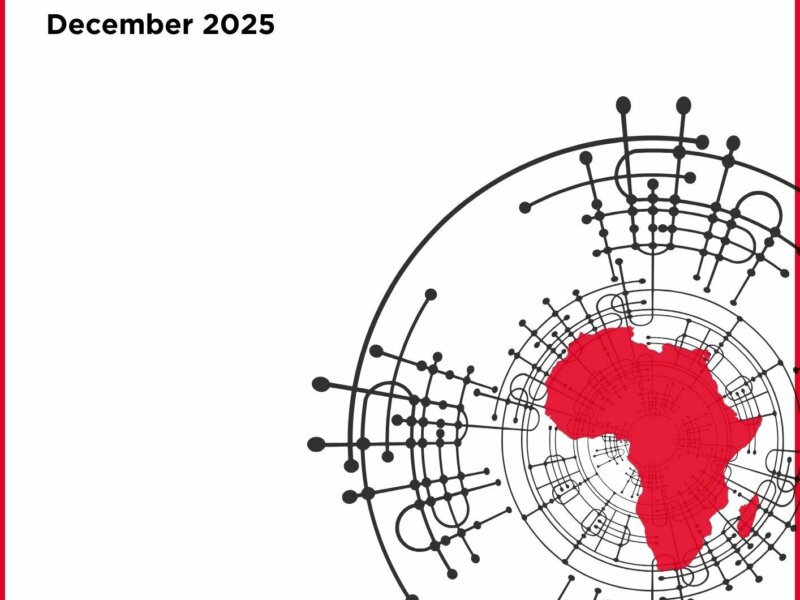Global migrant remittances and the pandemic. What happened in 2021
In 2021, despite the substantial block on migration caused by COVID-19, migrant remittances did not plummet as had been forecast by the World Bank. The situation in the South Asia Countries in the focus by Guido Bolaffi

To the unarguable relief of South Asia Countries, in 2021 global migrant remittances fell less than it was feared. The good news is soured by the news relative to the enormous and worrying increase in the number of so-called displaced people worldwide. As explained with praiseworthy clarity in the IOM World Migration Report 2022 released last Wednesday, 1st of December which, on the basis of the latest indications provided by several international institutions, takes stock of international migration flows in 2021: “to show how long-term trends have been altered by COVID-19 and how migrants worldwide have been affected”.
Special focus is placed on the contradiction that turned 2021 into one of the most complicated years in the history of modern migration, as was portrayed by Antonio Vitorino, Director General of OIM, through his well-known clear-mindedness: “We are witnessing a paradox not seen before in human history. While billions of people have been effectively grounded by COVID-19, tens of millions of displacement events have forced many others from their homes”. In fact, if it is true that “COVID-19 related immobility has become the great disrupter of immigration” – as researchers of the Geneva-based UN Organization explain – it is equally true that there was a concomitant and unprecedented surge in the mass of people that were forced to migrate from their homes and countries to seek refuge from war, violence, and natural disasters.
According to the IOM, at the end of 2020, the stock of international migrants – meaning thereby the people who, for reasons of business, family, or study left their country of birth – stopped at 281 million (3.6% of the total global population). This was due to the pandemic: “it is estimated that it may have reduced the growth by around two million. In other words, had there not been COVID-19, the number of international migrants at the end of 2020 would have likely been around 283 million”.
This levelling off was counterbalanced by a worrying growth in the number of displaced people which included international refugees and asylum seekers on the one hand and internally displaced people trapped within their wretched countries on the other. So much so that, at the end of 2020, the former were up to 26.4 million: “the highest number on record, although the annual rate of growth has slowed since 2012.” The latter instead were: “An estimated 48 million, the total global stock of people internally displaced by conflict and violence in 59 countries and territories as of 31 December 2020 […] the highest on record since International Displacement Monitoring Center (IDMC) began monitoring in 1998 and represents an increase from 45.9 million reported in 2019 […] persons internally displaced has almost doubled since 2000 and has risen sharply since 2010.”
By contrast, despite the substantial block on migration caused by COVID-19, migrant remittances did not plummet as had been forecast by the World Bank which, in a report published only a few months after the outburst of the pandemic, had forecast: “a decline of remittances, underscoring the economic distress stemming from the COVID-19 pandemic and the ensuing lockdown aimed at curbing the disease, by 22%. The sharpest decline in recent history largely due to a fall in wages and employment of migrant workers abroad.“ A forecast that, had it proved true, would have had a significantly negative impact, especially in the Countries of South-East Asia, by virtue of the fact that, as an article in the March issue of Sustainable Development explained: “South Asia (Afghanistan, Bangladesh, Bhutan, India, Nepal, Maldives, Pakistan, Sri Lanka), is the region that receives the most remittances in the world as a share of gross domestic product (GDP). In volume terms, a little more than one-fifth of global remittances were destined to South Asian countries between 2015 and 2019.”
Conversely, the IOM Report stated: “According to a new World Bank’s May 2021 report remittances flows have proved to be resilient during the COVID-19 crisis. In 2020 officially recorded remittance flows reached $ 702 billion, only 2,4% below the $719 billion seen in 2019, which is in complete contrast to previous estimates […] Along with policy responses to support remittances and better economic conditions, a move from informal channels (e.g. carrying cash across borders) toward more formal channels through an increased digitalization of financial transfers appears to be one of the most important factors in explaining the slower-than-expected decline in remittances flows.”
The picture is therefore less negative than was estimated, to the extent that India confirms its leading position in the 10 top countries receiving countries and Pakistan, moves up one notch, from 7th to 6th place, and Bangladesh by two, from 10th to 8th. This ranking was proudly highlighted in a full-page article on the Daily Observer of Dacca which, on the 2nd of December wrote: “In 2020, compared to $18 billion of 2919, despite the impact of COVID-19 which slowed remittances flows globally, Bangladesh benefitted $21.76 billion injected into economy through remittances.”



